Carrots are vital vegetables for many gardens and kitchens. They are famous for their crunchy texture, sweet flavor, and impressive nutritional profile. No matter, you are a professional garden or a newbie, growing carrots is always a rewarding experience. Here’s a complete guide on the best practices for cultivating this popular root vegetable.
Other Topics You Might Like
Helpful Products You Might Like
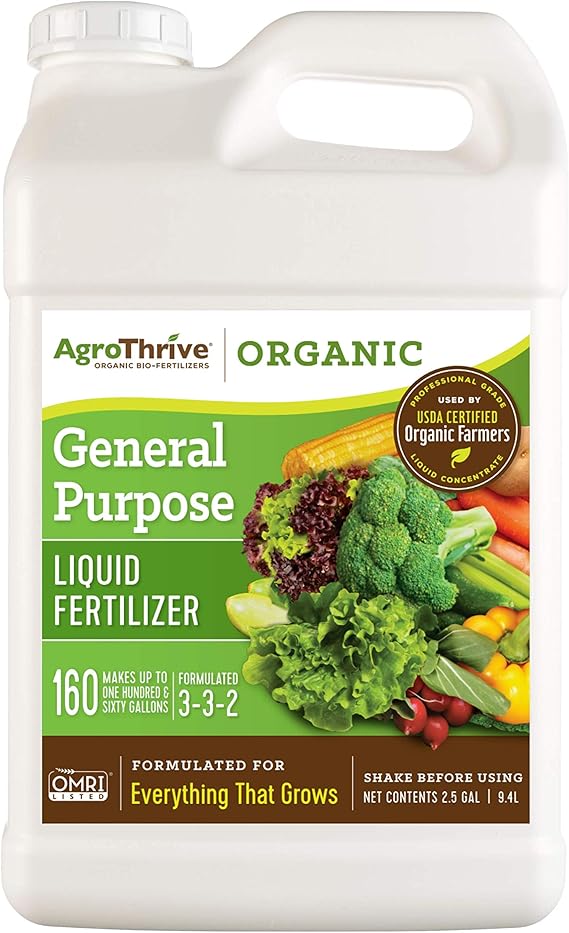
AgroThrive All Purpose Organic Liquid Fertilizer
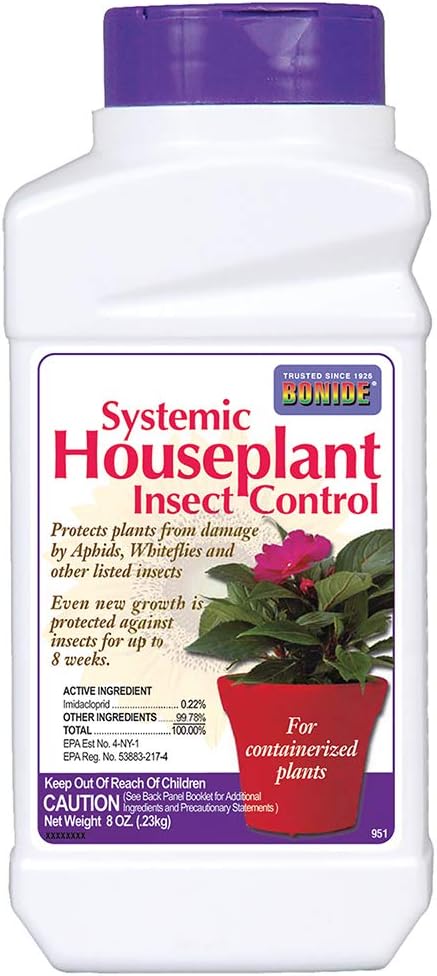
Bonide Systemic Houseplant Insect Control
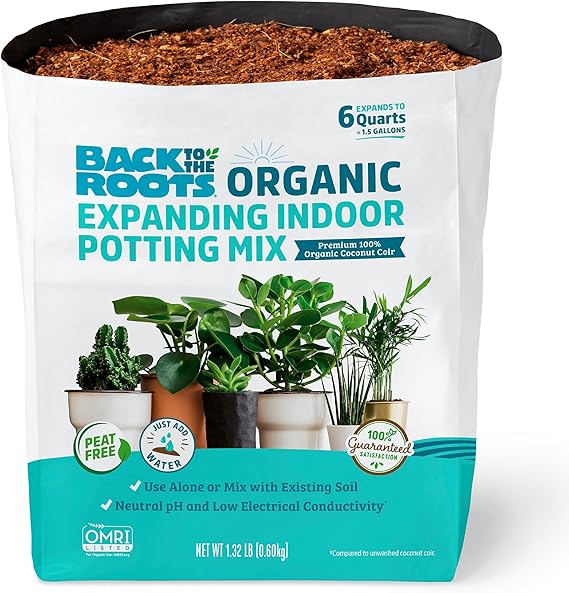
Back to the Roots Organic Expanding Indoor Potting Mix
"(Paid Links)" 
Choosing the Right Variety
As with any agricultural practice, the first step in an effective carrot growing system is to define the type of carrot or its variety that is suitable for the climatic and edaphic conditions. There are different carrot types:

Danvers
Medium in length and good for storage.
Nantes
Sweet and delicious, suitable for eating fresh.
Imperator
Long and slender types often found in supermarket shelves.
Chantenay
Short and squat types which are suitable for growing on clay soils.
Look into the local growing conditions and try to pick as much as possible a variety that has been acclimatized and that will give optimum yields for the region.
Preparing the Soil
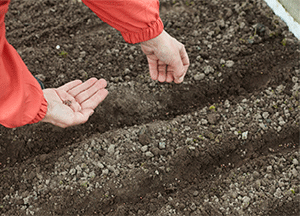
Most roots including carrots prefer to grow in deep, well-drained, rock free and debris free soils in order to enable the development of healthy roots. There are various steps one needs to do to get the soil ready:
Site Selection
Select an area which receives sufficient sunlight for atleast 6-8 hours per day.
Soil Type
Sandy loam or silt loam soils should be targeted as these types favor good drainage and rooting.
Tilling
The soil should be dug up to a depth of 30 centimeters minimum in order for soil to be loose and aerated.
Amendments
Organic matter such as manures or mulching is crucial for enhancing soil nutrients. Fertilizers containing a high level of nitrogen should be avoided, as they can lead to forked roots.
Watering and Maintenance
When the plants are in their early development stage, they become sensitive, especially during the early growth stages and carrots will need regular moisture.
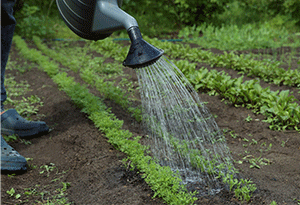
Watering
Target for approximately an inch of water every week but vary this rate depending on the amount of rainfall. Apply it in a way that extends the roots deep into the soil.
Weeds Management
In case the weeds do plague the surface, this must be removed using hand pulling or covering them with mulch, This technique contain the weed growth while not ripping the carrot roots.
Pest and Disease Management
Pests are normally few in carrots but some need diligence, including:
Carrot Flies
They ruin the roots. Attach row covers to safeguard seedlings.
Fungi Diseases
Adequate airflow and fallowing will reduce diseases chances.
Harvesting
Harvesting usually occurs about 60-80 days after sowing when the diameter of the carrot has reached about 1 inch. Carefully work the soil around the carrots with your fingers to increase leverage on the carrots without damaging the roots.
Conclusion
Carrot growing may be a simple and rewarding gardening task. With cautious planting, thorough soil preparation, and persistent care, you can enjoy a plentiful harvest of delectable, home-grown carrots.
